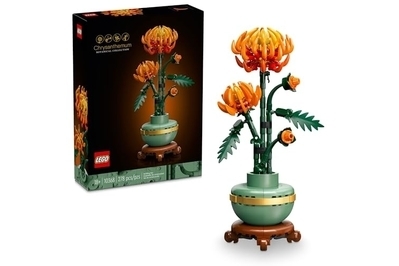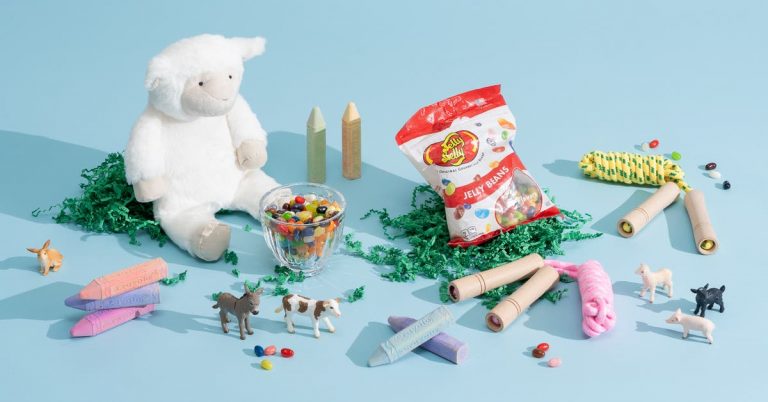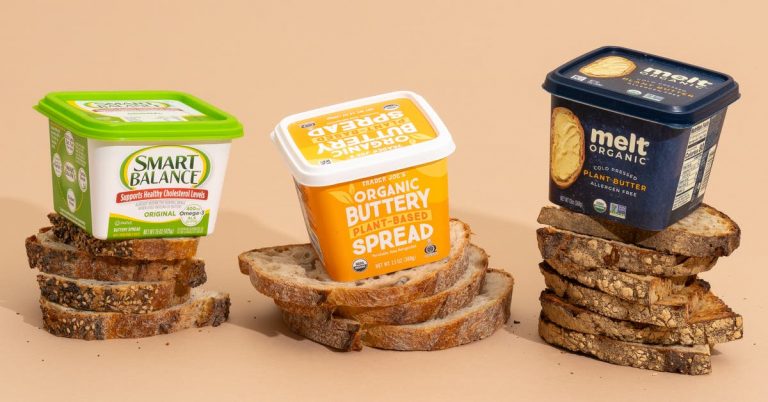Stop Murdering Houseplants. Try Lego Flowers Instead.
Top pick
The Lego Chrysanthemum 10368 and Lego Plum Blossom 10369 share a lot of similarities.They both cost around $25 – $30, a price point we love for such visually distinctive Lego sets. They’re also roughly the same size (almost 11 inches for the chrysanthemum, and just over 13 inches for the plum blossom), and each of their flora rise from a round vase with a gold stripe that’s perched on a decorative stand.
At their fullest, the red, pink, and yellow Plum Blossoms start at the bottom, close to the vase, with tendrils and smaller buds reaching up and outwards for a vinelike effect. When I first began building the main blooms, I wasn’t thrilled—they seemed disappointingly basic on their own. But as the whole plant comes together, the simple round petals disappear somewhat into the overall look.

With the Chrysanthemum, the eyes are immediately drawn to the top of the bud vase, where the largest flower perched on top, and turning the pot to its side shows the blossom tilted slightly downwards, as if from the weight of its fullness. A medium-size bloom sits just below, with a couple of early buds rounding out the plant.
With adjustable leaves and petals, you can make the Chrysanthemum look as perfect or asymmetrical as you prefer. Ditto the curved branches Plum Blossoms, which rotate so you can find a preferred arrangement of angles. Either of these sets make for a great entry point into the world of Lego Botanicals, with a much bigger wow-factor than our other suggestions for small starter sets.

Builder tip: These are both quick and easy builds, but the Plum Blossom uses the same technique to create “dirt” as one of our other picks, the Lego Bonsai Tree 10281. Tiny loose pieces sit jumbled and free at the base of the plant, which means if you accidentally knock this one over (and I’m speaking from experience) you’re dealing with a much more annoying clean up than simply snapping a couple of branches back together.








